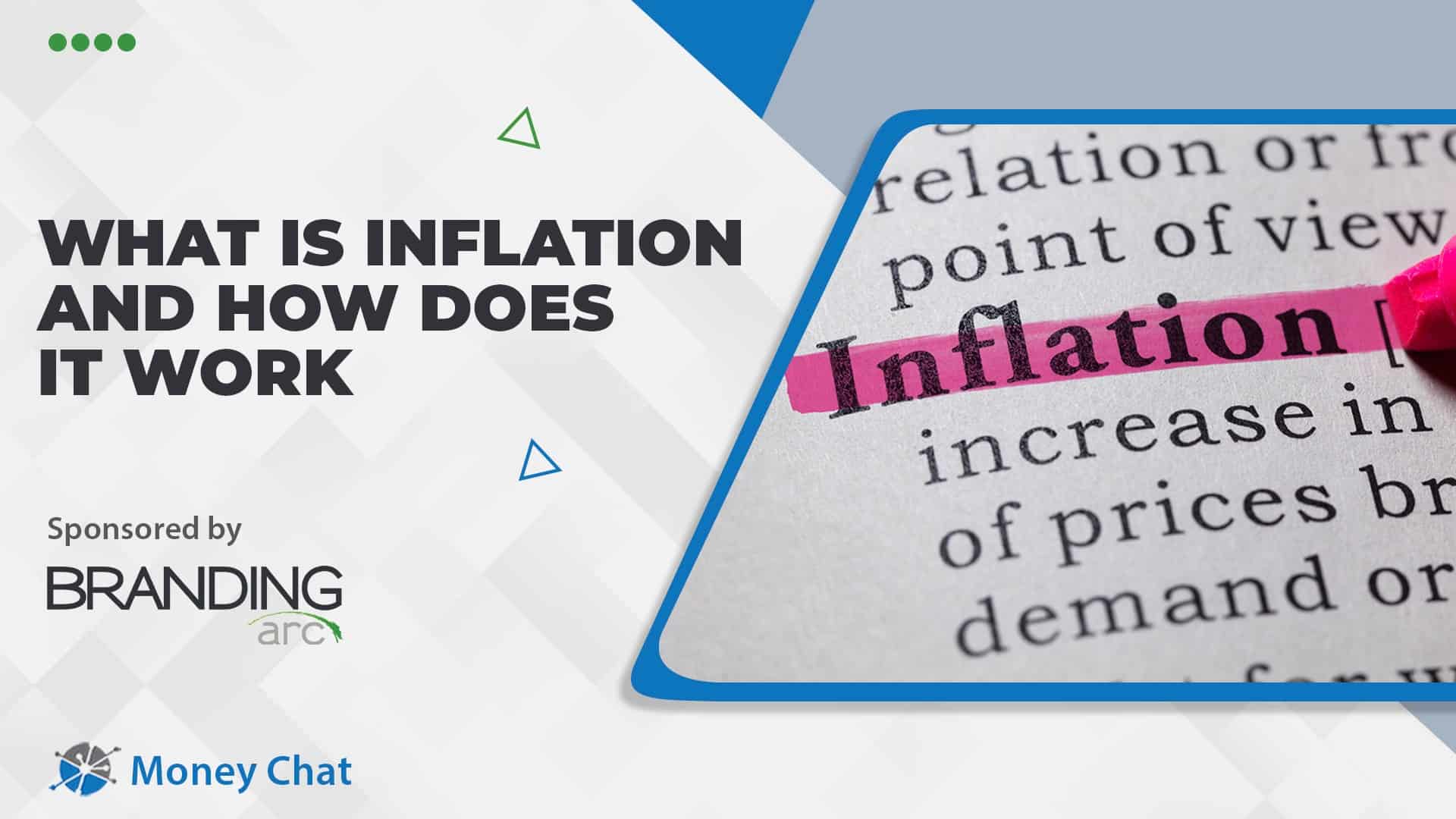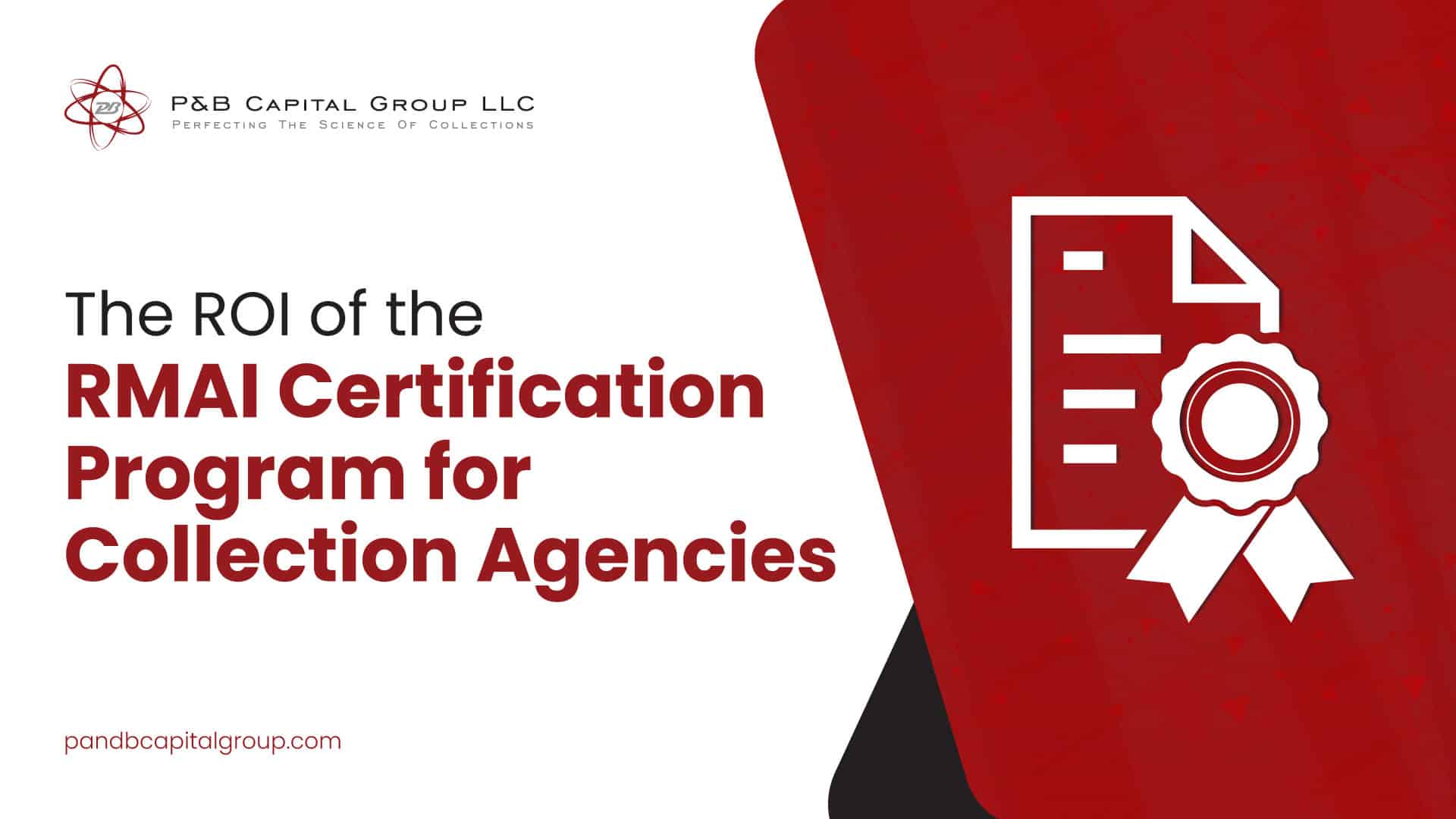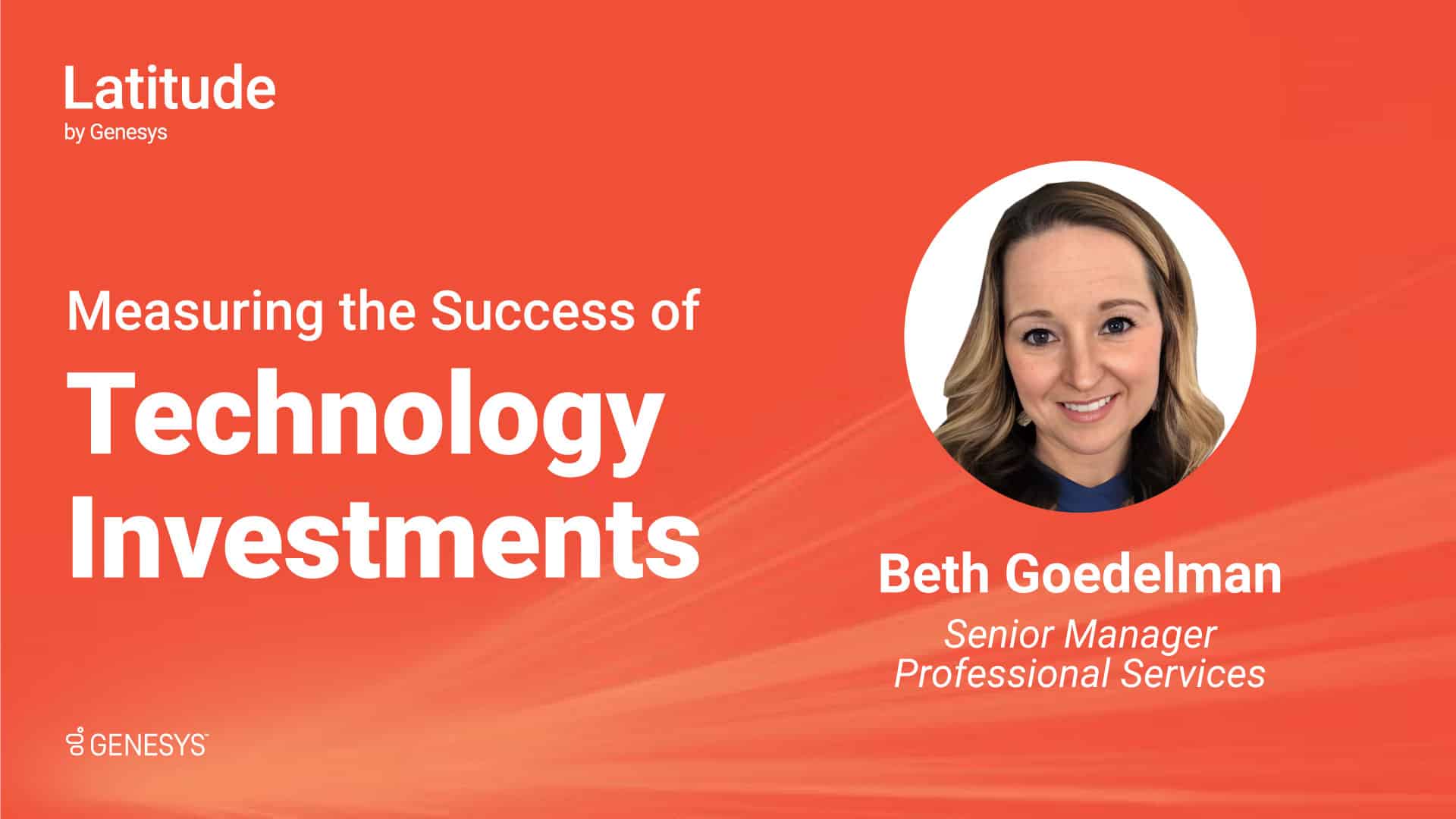
What Is Inflation And How Does It Work?
As defined by the U.S. Bureau of Labor Statistics (BLS), inflation is the overall general upward price movement of goods and services in an economy. Today, inflation has become one of the most talked-about economic topics as the U.S. moves out of the COVID-19-influenced economic recession and begins assessing the current state of the economy.
The goal of this Money Chat is to help you understand the basics of inflation and how it is calculated, understood, and managed in the United States.
What Is Inflation?
Inflation is a simple concept with complex indicators, factors, and calculations that have continually changed over time. At its core, inflation is a term used to describe the decline of purchasing power of any given currency over a period of time. Generally, inflation naturally occurs over time in every economy. Some periods of time—like Germany in post World War I—see episodes of hyperinflation or the rapid decrease in the value of their currency. In most stable economies, inflation is an easily calculable figure.
In the post-COVID-19 economic crisis, inflation has been anything but normal. However, to understand the current state of affairs in the U.S. and global economies, we must first explore the many facets that make up the term inflation and how it impacts consumers’ daily lives.
The Consumer Price Index
To understand inflation in the United States, the Consumer Price Index must first be understood. The CPI is a “measure of the average change over time in the prices paid by urban consumers for a market basket of consumer goods and services,” and was developed by the BLS as a concrete way to measure the impact inflation is having on the general population.
Originally, the CPI used the “basket of goods” concept as a simple means of calculating the rate of change over time. Essentially, a set collection of goods and services was measured throughout time and used to determine if prices were inflating or deflating. Because the CPI looks at a set collection of consumer goods like food, energy, and general cost of living, measuring the price of this “basket” is directly tied to the term “cost of living.”
Two CPI Indexes
There are two kinds of CPI indexes:
- CPI-W: This refers to the Consumer Price Index for Urban Wage Earners and Clerical Workers. This index is based on household incomes where at least half of the money is from clerical (office) or wage (hourly) occupations. This index currently accounts for about 29% of the U.S. population.
- CPI-U: This refers to the Consumer Price Index for All Urban Consumers. This index accounts for essentially everyone else and represents 88% of the population as there is a bit of overlap between the two indexes.
Despite the CPI-U introduction in the late 1970s due to the relatively low impact the CPI-W had previously, both are currently used by the BLS and impact the economy. The CPI-W currently directly impacts the changes in the cost of benefits paid to those on social security.
The typical calculation for the CPI is the cost of the “market basket” in a given year divided by the cost of those goods in the base year multiplied by 100. So, if you get 125 that means there was a 25% inflation rate.
What Was The Inflation Rate in 2021?
During the month of December 2021, a widely reported 7% inflation rate figure was announced by the BLS. This figure comes from the calculation that between December 2020 and December 2021, the CPI-U increased 7%. Or, the calculated cost of living in the United States rose 7% in one year for 88% of the population. Standard inflation typically hovers around 2%. This increase was the largest year-over-year increase since June 1982.
CPI Changes Over Time
According to the BLS, the original CPI calculation used to overstate inflation and force unwarranted consumer panic. This led to a series of calculation changes that the BLS believes reflect the changing value of the goods they measure each month. In this current inflationary period, using the original model, the current CPI increase would be roughly 14.5% according to economist Donald Klepper-Smith.
Due to this controversial calculation, many economists argue that perhaps the CPI is not a fit way to measure inflation and is a “lagging” way to measure the cost of living for the average consumer without taking into account the real purchasing power of the U.S. dollar as it relates to other global economies.
Types of Inflation
The next key pieces of information are the three types of standard inflation: Demand-pull, Cost-Push, and Built-In. While these terms may be referred to as something else in any given discussion, they are typically also referred to as “supply and demand.”
Demand-Pull Inflation
As the name suggests, this type of inflation occurs when strong demand for a product or type of product causes inflated prices. While there are numerous examples of temporary demand-pull inflationary periods like when there is a shortage of gasoline after a crisis, or when a new product is released that runs out of stock quickly, demand-pull inflation typically does not cause shockwaves in the general economy.
This type of inflation is usually seen during more stable economic periods. When consumer confidence is high, and unemployment is low, more spending on non-essential goods leads to an increased demand for products with low supply.
Cost-Push Inflation
As the opposite of demand-pull, cost-push inflation occurs when prices increase due to an increase in production costs and a lack of raw materials. Cost-push inflation is currently what the global economy is going through as the COVID-19 pandemic has limited the availability of many raw materials and has caused long-term shortages in food, electronic components, and many other non-essential goods.
During the height of the global pandemic, raw materials such as lumber and steel rose nearly 300% due to the global slowdown of production. This cost-push inflation triggered the rising trend of inflation in the United States.
Built-In
Built-in inflation is the most abstract of the three and is used to describe a trend of spiraling wage inflation. During periods of inflation, consumers seek higher wages to combat the higher cost of living. Increased wages lead to cost-push inflation due to higher input costs and thus begin the “spirling” inflationary period.
As a current example, cost-push inflation has taxed our economy and a relatively large overall wage increase occurred. Wages rose at the tail end of the year as more workers demanded a cost of living adjustment due to the high CPI increases. Because of this, an expected “spiral” may occur. In addition, more and more U.S. workers are leaving their jobs and seeking better wages and opportunities.
Inflation Rate Terms
The last piece of terminology needed to understand inflation comes from the five names each inflation period is given based on the rate of inflation. When inflation is between 1 to 4% it is referred to as creeping inflation. This is typically what the U.S. and other developed economies see each year. During a higher inflation period between 1 and 10%, it is referred to as walking inflation. Between 10 and 20% is running inflation. Between 20 and 100% is called galloping inflation. Beyond 100% it is referred to as hyperinflation.
Transitory Inflation in 2021
With the terminology behind us, let us look at the current rise in inflation and how we got here. In very basic terms, the U.S. and many global economies are currently suffering from the effects of cost-push inflation. As COVID-19 shut down the production of raw materials, the supply chain collapsed. However, as 2021 was the second full year of the pandemic, why did inflation only skyrocket last year? Well, this is being referred to as “transitory inflation.”
The U.S.’s current “transitory” period is used to describe the return of consumer confidence. During the first full year of COVID-19, U.S. consumers were largely at home or unemployed. With a dramatic decrease in demand, the supply chain shock was less impactful. U.S. consumers returned at a rapid rate in 2021. With a much larger shock to the system felt throughout the year, the supply chain issues, that typically would have needed 2-3 years to be addressed, were forced to respond in just several months. This cost-push inflationary period was downplayed as “transitory” but Federal Reserve Chairman Jerome Powell said the U.S. will most likely enter a period of more permanent higher inflation, largely because of built-in inflation.
The Federal Reserve, which is the governing body that directly combats inflation and other economic disasters, is expected to raise interest rates in the coming months to slow the mounting inflation. As the Fed increases interest rates, many consumers borrow less money which leads to a decrease in demand. However, this is a tricky bridge to build, as increased interest rates almost always lead to economic downturns.
Whichever model or calculation is used, inflation in the U.S. is on the rise. While inflation is a generic term used to describe the decrease in purchasing power, it is important to understand the terminologies used when discussing exactly which index is on the rise.
Additional Resources
If you want to learn more about financial literacy or your rights as a consumer, please visit the Receivables Info Resources Page.
Have an idea for a Money Chat topic?
We want to hear from you! If you have a suggestion for a future Money Chat topic, please email us at [email protected].
Thank You To Our Sponsor Branding Arc
Located in Port Saint Lucie, FL, Branding Arc is a full-service marketing agency focused on providing website, marketing, and reputation management services to the receivables management and financial services industries. Our team is composed of communications and branding experts who listen to your vision, learn your story, and use that understanding to help each client position their brand, find new customers, and manage their online reputation. We customize each client engagement ranging from simple one-time projects to the outsourcing of your entire marketing department, adeptly handling creative direction, graphic design, programming, and project management. By closely monitoring the marketplace and competition, we are able to identify trends and leverage opportunities that drive bottom-line revenue for our clients.
The information contained in this article is meant to serve as general guidance for consumers and not meant to serve as comprehensive financial advice. For questions about your circumstance, finances, or accounts, please contact your creditor(s) and/or financial advisor directly.




